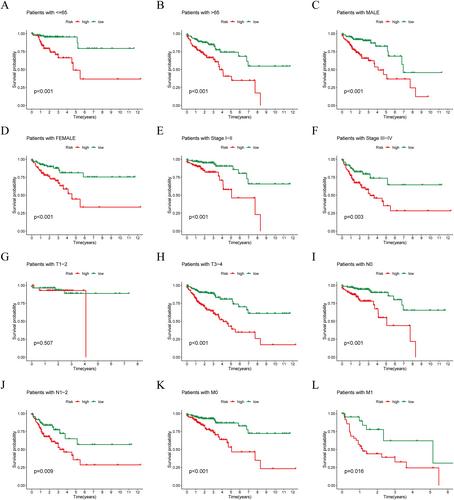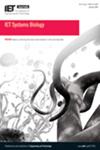Analysis of disulfidptosis- and cuproptosis-related LncRNAs in modulating the immune microenvironment and chemosensitivity in colon adenocarcinoma
Abstract
The main objective was to establish a prognostic model utilising long non-coding RNAs associated with disulfidptosis and cuproptosis. The data for RNA-Sequence and clinicopathological information of Colon adenocarcinoma (COAD) were acquired from The Cancer Genome Atlas. A prognostic model was constructed using Cox regression and the Least Absolute Shrinkage and Selection Operator method. The model's predictive ability was assessed through principal component analysis, Kaplan–Meier analysis, nomogram etc. The ability of identifying the rates of overall survival, infiltration of immune cells, and chemosensitivity was also explored. In vitro experiments were conducted for the validation of differential expression and function of lncRNAs. A disulfidptosis and cuproptosis-related lncRNA prognostic model was constructed. The prognostic model exhibits excellent independent predictive capability for patient outcomes. Based on the authors’ model, the high-risk group exhibited higher tumour mutation burdened worse survival. Besides, differences in immune cell infiltration and responsiveness to chemotherapeutic medications exist among patients with different risk scores. Furthermore, aberrant expressions in certain lncRNAs have been validated in HCT116 cells. In particular, FENDRR and SNHG7 could affect the proliferation and migration of colorectal cancer cells. Our study developed a novel prognostic signature, providing valuable insights into prognosis, immune infiltration, and chemosensitivity in COAD patients.



 求助内容:
求助内容: 应助结果提醒方式:
应助结果提醒方式:


